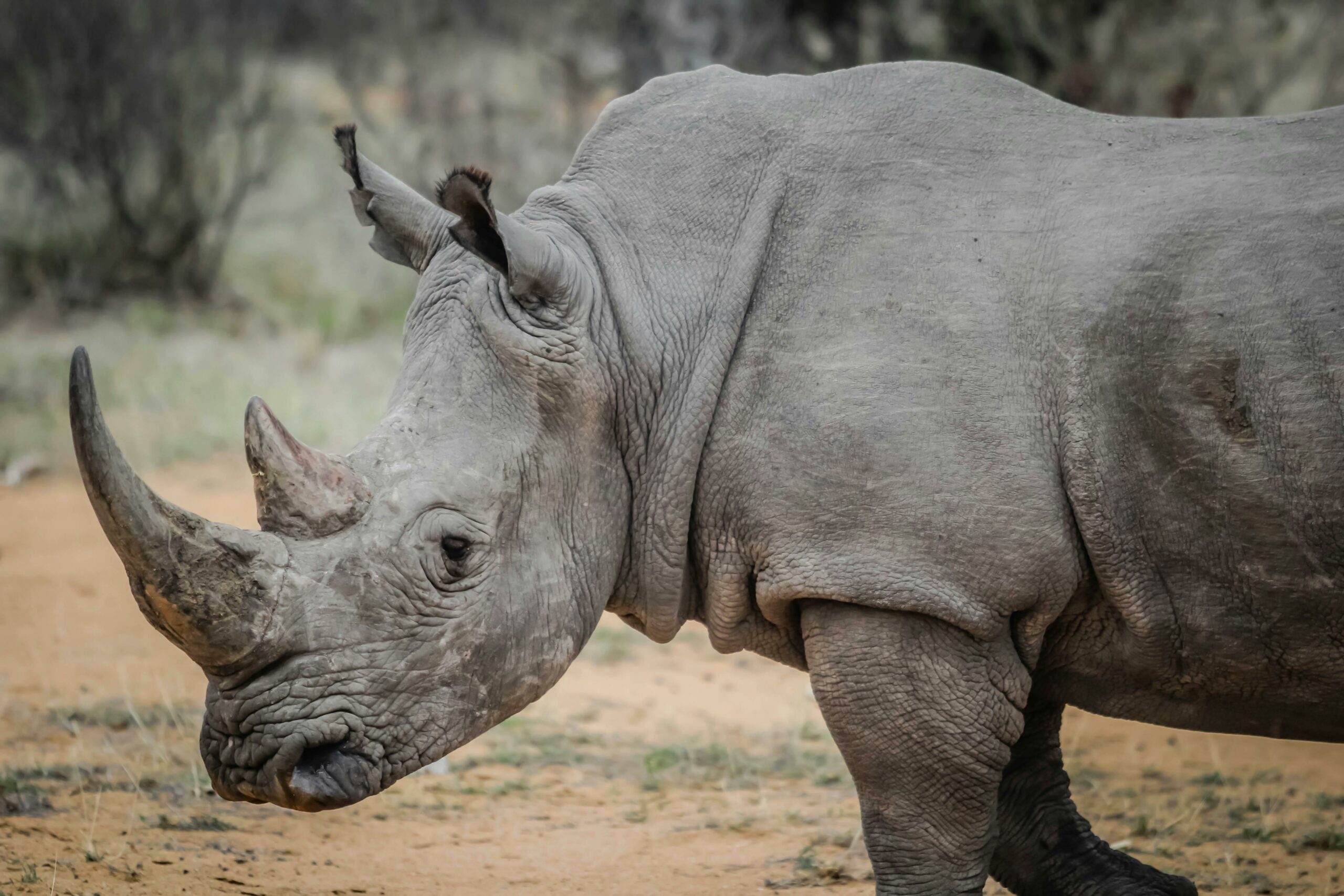Climate change will worsen South Africa’s deadly floods
The government declared a National State of Disaster on the 13th of February to enable an intensive, coordinated response to the floods that have devastated parts of seven of South Africa’s provinces. Mpumalanga and the Eastern Cape are the regions most affected, along with Gauteng, KwaZulu-Natal, Limpopo, the Northern Cape and North West. The flooding has killed at least 27 people and displaced thousands more.
The disaster has caused widespread damage, including flooded homes, overflowing dams and damage to roads and bridges, while farmers have suffered losses to crops and livestock. Humanitarian relief and recovery efforts are underway.
The current disaster follows similar destructive extreme events in previous years. “This background must inform us that the situation we are facing is unprecedented and we are in a worse situation, both in terms of our financial situation and the state of economic infrastructure,” said Eastern Cape MEC Zolile Williams.
According to the presidential statement, the La Niña weather phenomenon is the driver behind these extreme conditions. Forecasts suggest this weather system will remain throughout early 2023.
Extreme weather is becoming more frequent and severe
Scientists had predicted these deadly flood events will become more frequent due to climate change, which has already contributed to an increase in heavy rainfall and flooding across nearly all parts of the African continent, according to the IPCC’s most recent assessment.
“South Africa is already experiencing climate change, with trends of decreasing rainfall since the 1980s and increasing frequency and intensity of weather extremes such as drought and floods”, said Professor Tafadzwa Mabhaudhi from the University of KwaZulu-Natal. “More recently, we have experienced floods, which have left a trail of destruction, death and economic losses across South Africa.”
The La Niña and El Niño events which have occurred since 1950 are also stronger than those observed between 1850 and 1950, IPCC scientists have confirmed. Modelling from NOAA scientists also found extreme El Niño and La Niña events may continue to increase in frequency and strength under future aggressive GHG emission scenarios.
Climate change made last year’s extreme rains twice as likely
A similar but stronger weather system also caused the lethal floods last year, where almost 459 people were killed and a further 40,000 affected in floods and landslides in KwaZulu-Natal and Eastern Cape. President Cyril Ramaphosa described the disaster as a “catastrophe of enormous proportions” and “the biggest tragedy we have ever seen”.
The impact was particularly devastating because it hit the country’s most vulnerable populations, said Dr Friederike Otto, an extreme weather scientist at Imperial College London. “In the KwaZulu Natal area, lots of people in informal housing died in the event because there was just no protection”, she said.
According to analysis led by Dr Izidine Pinto, a climate scientist from Mozambique, these severe floods were made twice as likely due to human-caused climate change: “The main finding was that climate change contributed to the increase of the heavy precipitation that happened in KwaZulu Natal, South Africa. These kinds of events can happen naturally but, because of climate change, they are becoming more intense.”
As the world continues to burn the fossil fuels that drive dangerous climate breakdown, the IPCC predicts that flooding will worsen in every African region. As well as drastically slashing GHG emissions to stave off the worst impacts of heating, investing in adaptation measures, such as early warning systems, are essential to help protect lives and livelihoods from the climate disasters of the future.
Photo: GCIS
Related Articles
Poaching is not the only reason rhinos may go extinct
The ongoing effects of climate change may cause rhinos to go extinct unless adaptation measures are implemented, according to new research.
‘Climate change the biggest threat to health in the 21st century’
Experts say climate change is the biggest threat to health in the 21st century. In South Africa, many lives are already being lost to extreme weather.




